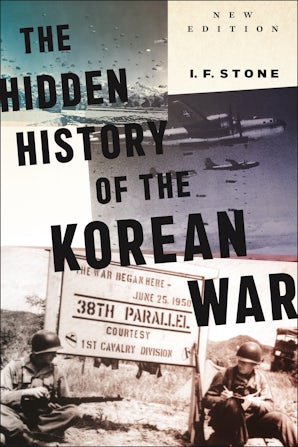Also in this issue
- July-August 2024 (Volume 76, Number 3)
- Imperialism in the Indo-Pacific—An Introduction
- Changes in U.S. Grand Strategy in the Indo-Pacific and China’s Countermeasures
- Taiwan: An Anti-Imperialist Perspective
- Power Concedes Nothing Without a Demand: Peace in Korea and Northeast Asia Now!
- When the Ruling-Class Parties Harden: Indonesia and Great Power Politics in the Indo-Pacific
- Net-Zero and the China Challenge: Decarbonization amid Great Power Competition in the Indo-Pacific
Books by Tim Beal
Hidden History of the Korean War
by I.F. Stone and I.F. Stone
Foreword by Gregory Elich, Tim Beal, Gregory Elich and Tim Beal


